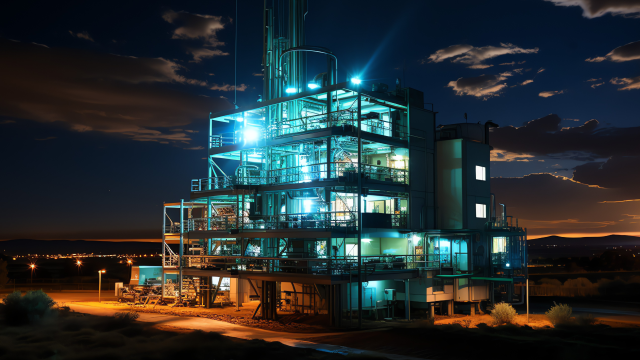The client
The client is an American multinational energy corporation predominantly specializing in oil and gas that combines upstream, midstream, downstream together. Within oil and gas, the client is vertically integrated and is involved in hydrocarbon exploration, production, refining, marketing and transport, chemicals manufacturing and sales, and power generation.
They needed supply chain digitalization and modernization to overcome the limitations of their manual processes that lacked reporting capabilities and hindered their ability to handle bulk imports. They partnered with LTIMindtree for a digital transformation of their supply chain.









